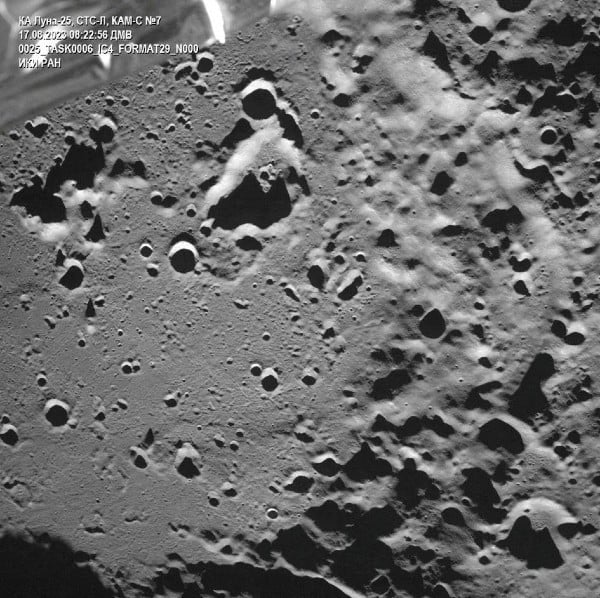
Water-rich mineral discovered in Chang'e-5 lunar sample
A team of Chinese scientists has identified in a lunar sample retrieved by Chang'e-5 a kind of mineral enriched with water in its molecular structure. An increasing body of evidence has pointed to the existence of water or water ice on the moon's surface, but it is more likely to be in the form of hydroxyl groups. Now, scientists led by those from the Institute of Physics under the Chinese Academy of Sciences have discovered a hydrated mineral that contains up to six molecules of crystalline water. According to a study published recently in the journal Nature Astronomy, water molecules weigh as much as about 41 percent of the total mass. The researchers said this discovery signifies the first direct detection of molecular water within the lunar regolith, shedding light on an actual form of water molecules and ammonium on the moon's surface. The mineral's structure and composition bear a striking resemblance to a mineral found near volcanoes on Earth. At the same time, terrestrial contamination or rocket exhaust has been ruled out as the origin of this hydrate, according to the study. This finding has unveiled a potential form in which water molecules may exist on the lunar surface: hydrated salts. Unlike volatile water ice, these hydrates are very stable in high-latitude regions of the moon, even in sunlit areas. The researchers said this discovery opens up new possibilities for the future development and utilization of lunar water resources. Utilizing in-situ resources on the moon will lay a foundation for establishing a long-term lunar station. China aims to build the basic model of an international lunar research station by 2035.

A team of Chinese scientists has identified in a lunar sample retrieved by Chang'e-5 a kind of mineral enriched with water in its molecular structure. An increasing body of evidence has pointed to the existence of water or water ice on the moon's surface, but it is more likely to be in the form of hydroxyl groups. Now, scientists led by those from the Institute of Physics under the Chinese Academy of Sciences have discovered a hydrated mineral that contains up to six molecules of crystalline water. According to a study published recently in the journal Nature Astronomy, water molecules weigh as much as about 41 percent of the total mass. The researchers said this discovery signifies the first direct detection of molecular water within the lunar regolith, shedding light on an actual form of water molecules and ammonium on the moon's surface. The mineral's structure and composition bear a striking resemblance to a mineral found near volcanoes on Earth. At the same time, terrestrial contamination or rocket exhaust has been ruled out as the origin of this hydrate, according to the study. This finding has unveiled a potential form in which water molecules may exist on the lunar surface: hydrated salts. Unlike volatile water ice, these hydrates are very stable in high-latitude regions of the moon, even in sunlit areas. The researchers said this discovery opens up new possibilities for the future development and utilization of lunar water resources. Utilizing in-situ resources on the moon will lay a foundation for establishing a long-term lunar station. China aims to build the basic model of an international lunar research station by 2035.
